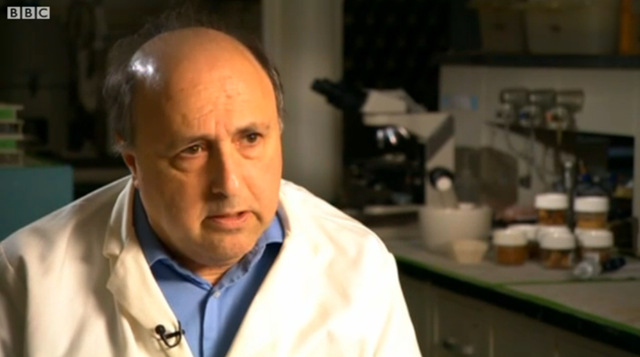‘Absolutely every one’ – Bluefin tuna tested in California waters contaminated with Fukushima radiation
29 May 2012 (WashingtonsBlog) – We noted more than a year ago:
The ocean currents head from Japan to the West Coast of the U.S. *** Of course, fish don’t necessarily stay still, either. For example, the Telegraph notes that scientists tagged a bluefin tuna and found that it crossed between Japan and the West Coast three times in 600 days.
And see this. CNN reports today:
Low levels of radioactive cesium from Japan’s Fukushima Daiichi nuclear accident turned up in fish caught off California in 2011, researchers reported Monday. The bluefin spawn off Japan, and many migrate across the Pacific Ocean. Tissue samples taken from 15 bluefin caught in August, five months after the meltdowns at Fukushima Daiichi, all contained reactor byproducts cesium-134 and cesium-137 at levels that produced radiation about 3% higher than natural background sources
The Wall Street Journal quotes the studies’ authors:
“The tuna packaged it up and brought it across the world’s largest ocean,” said marine ecologist Daniel Madigan at Stanford University, who led the study team. “We were definitely surprised to see it at all and even more surprised to see it in every one we measured.” *** “We found that absolutely every one of them had comparable concentrations of cesium-134 and cesium-137,” said marine biologist Nicholas Fisher at Stony Brook University in New York state, who was part of the study group.
The bad news is that it is only going to get worse. As Reuters points out:
Unlike some other compounds, radioactive cesium does not quickly sink to the sea bottom but remains dispersed in the water column, from the surface to the ocean floor. Fish can swim right through it, ingesting it through their gills, by taking in seawater or by eating organisms that have already taken it in … .
As CNN notes:
Neither [of the scientists who tested the fish] thought they were likely to find cesium at all, they said. And since the fish tested were born about a year before the disaster, “This year’s fish are going to be really interesting,” Madigan said. “There were fish born around the time of the accident, and those are the ones showing up in California right now,” he said. “Those have been, for the most part, swimming around in those contaminated waters their whole lives.”
In other words, the 15 fish tested were only exposed to radiation for a short time. But bluefin arriving in California now will have been exposed to the Fukushima radiation for much longer. [more]
